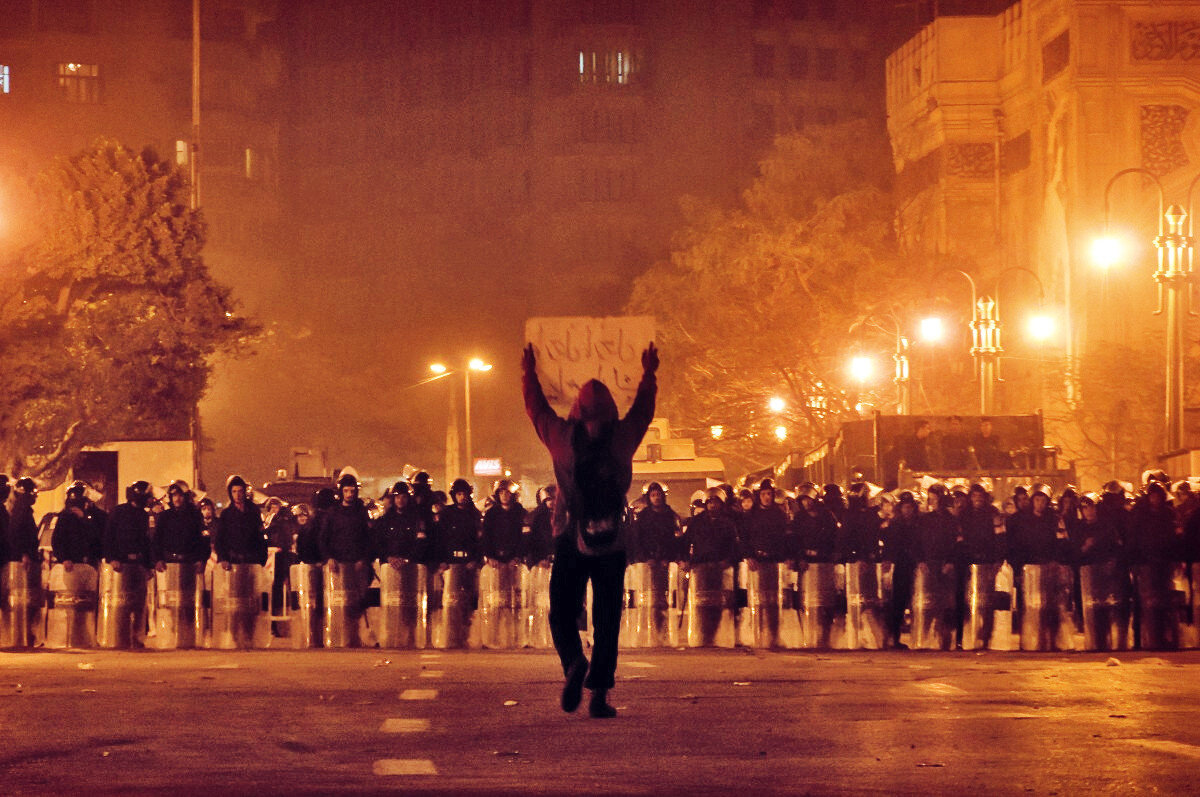Cairo’s Football Ultras | A Brief but Significant History
Football and politics: A fiercely debated topic. There are those who argue that politics has no place in football. Some may not advocate the intertwining of the two but believe that politics will ultimately creep into every aspect of life & hence energy should not be wasted trying to prevent this. On the complete opposite side of the argument, many football supporters believe that politics belong in football culture and do their utmost to preserve this.
Unsurprisingly, Ultras groups tend to have a very clear political outlook. In certain cases, this outlook or ideology is clearly outlined upon formation. Whilst matchday is predominantly about showing support & passion for their team, Ultras Groups will often use both home and away games as an opportunity to express their support for certain political causes. Similarly, matchday has become a stage to protest. Many German Ultras Groups, for example, were active in showing their support for refugees during the 2015 Syrian Refugee Crisis. Outside of the stadium, there have also been various examples of fan groups coming together to support political and societal causes.
There is no greater example however of football culture & politics overlapping than in the case of Cairo’s Ultras.
Egypt as a nation is football crazy. Unsurprisingly, the nation’s most successful teams are residents of the capital. Egyptian football has historically been dominated by two sides: Al Ahly SC and Zamalek SC. Both sides have tens of millions of supporters across Egypt, Africa & the Arabic World. Whilst support for both sides had always been colorful and passionate, a new lease of life was injected into the capital’s stadiums in 2007 when young supporters on both sides formed Egypt’s first ‘Ultras Groups’.
Young supporters of Zamalek SC formed the Ultras White Knights & they were quickly followed by the Ultras Ahlawy of Al Ahly SC. Interestingly, neither group set out with any form of political intent. They simply saw themselves as passionate supporters who loved their club & loved their country. One Zamalek fan described their group as ‘the poor, the rich, the educated & the illiterate’. The sentiment amongst the Ultras Ahlawy was similar.
After forming in 2007, both Ultras groups gradually developed & on the surface appeared like any other fan group across the footballing world. Both groups would occupy areas behind one of the goals in their respective stadiums. A capo at the front of the terrace led the chanting. Large waver style flags adorned the terraces, pyrotechnics were often on display & both groups would organise pre-match tifo displays. The members of both groups came from all walks of life: They were college graduates, workers & people from every social level of Cairo & beyond.
Despite starting out with no political intentions, the ever intensifying unrest in Egypt would soon spill over in the world of the Ultras. Both groups saw themselves as patriots & with the ever intensifying feeling of dissatisfaction with the Hosni Mubarak Regime, politics started to creep into the terraces. There were ripples prior to the events of 2011. In July 2010, Ultras Ahlawy decided to boycott games after what they perceived as unfair police confrontation during a pre-season friendly.
On the eve of the January 25th Revolution (2011), Ultras Alhawy issued a statement that the group would not be present at the demonstrations as a collective. Group members were however told that they should take part if they personally wanted to do so. The attitude amongst the Ultras White Knights was similar. In spite of their statements, both Ultras Groups would play a hugely significant role in the revolution. During the February 2nd ‘Battle of the Camels’ members of both groups protected the protesters in Tahir Square against Mubarak’s Supporters. The battle is so-named as supporters of the Mubarak regime rode into Tahir Square on camels with the intention of attacking the protest groups. It was reported that 3 people died during this attack whilst several hundred were injured. This battle on February 2nd is considered an important stepping stone towards the resignation of Hosni Mubarak a few days later.
So after 30 years, the Hosni Mubarak regime was over. What was next? The Supreme Council of Egyptian Armed Forces took control & they had not forgotten the role that the Ultras played in the uprising. Now seen as the voice of the people, the Ultras Groups posed a significant threat to those in power. From the off, the SCAF sought to quash the power of both groups.
A year on from the scenes at Tahir Square, Egypt & the whole world would one of the most fatal footballing disasters of all time. During an away game vs Al Masry, in the city of Port Said, travelling fans of Al Ahly were attacked in the stands. The circumstances of the attack are still largely unknown & the evidence is muddled. It has never been determined who exactly the attacking group were & where they came from. Despite the presence of army & police, over 70 Ahly fans, many of whom were members of Ultra Ahlawy, were killed & dozens more injured. The belief amongst the Ah Ahly & wider football supporting community in Egypt is that this was a police / security set up. The Ultras believed that this was the state’s way of stamping their authority.
Over the next few years, several incidents of tension between the Ultras & the Police / State would follow. Unfortunately, it wouldn’t take long for another large-scale tragedy to occur. On the 8th February 2015, 20 Zamalek fans were killed as a result of confrontation with the police at the gates of the 30th June Stadium. Again, the exact details & cause of the disaster remain unknown. Similar to the Port Said Stadium Disaster, Ultras White Knights have their own theory: Prior to the game, Zamalek President Mortada Mansour declared the game ‘’free of charge’’ & the Ultras believe that this was carried out to deliberately create a huge congregation at the gates of the stadium. Tensions rose between Zamalek Supporters & the police when they could not enter the stadium. This was what kicked off the chaos that resulted in the death of 20 Zamalek fans. Mansour however blamed the event on the behaviour of the Ultras & used this as justification to outlaw the group.
The events of February 2015 ultimately led to branding of all Ultras Groups as terrorist organisations. The state would begin to put their foot down. Thousands of football supporters & key members of the Ultras Groups were imprisoned. Football games behind closed doors became the norm rather than the exception.
2018 would be a huge year for Egyptian football: Mohammed Salah played a huge role in Liverpool’s path to the UEFA Champions League Final, becoming a global icon & capturing the imagination of the nation. Egypt’s National team took part in the World Cup Finals for the first time in over 30 years. The nation had gone well & truly football crazy. 2018 would also mark a significant event domestically as both the Ultras Ahlawy & the Ultras White Knights officially disbanded. After 11 years, the life of the Ultras had come to an end.
Will we see the Ultras return to the stands in the future? Who knows. Despite a brief existence, they left their mark on both the political & football cultural world.
We would like to use this space to call out a particular piece of work which inspired this article. Ronnie Close’s ‘Cairo’s Ultras: Resistance and Revolution in Egypt’s Football Culture’. If you would like to learn more about this topic, we can recommend this piece of literature as your starting point. Another source of info and inspiration was the YouTube documentary ‘Egypt’s Ultras’, published by TRT World, a Turkish State International News Channel.




